Common Issues with Precast Concrete Stairs


Charlie
Technical Writer
Charlie focuses on the technical aspects of home systems, from electrical wiring to HVAC efficiency. He breaks down complex building codes into actionable advice for every homeowner.
View Full Profile →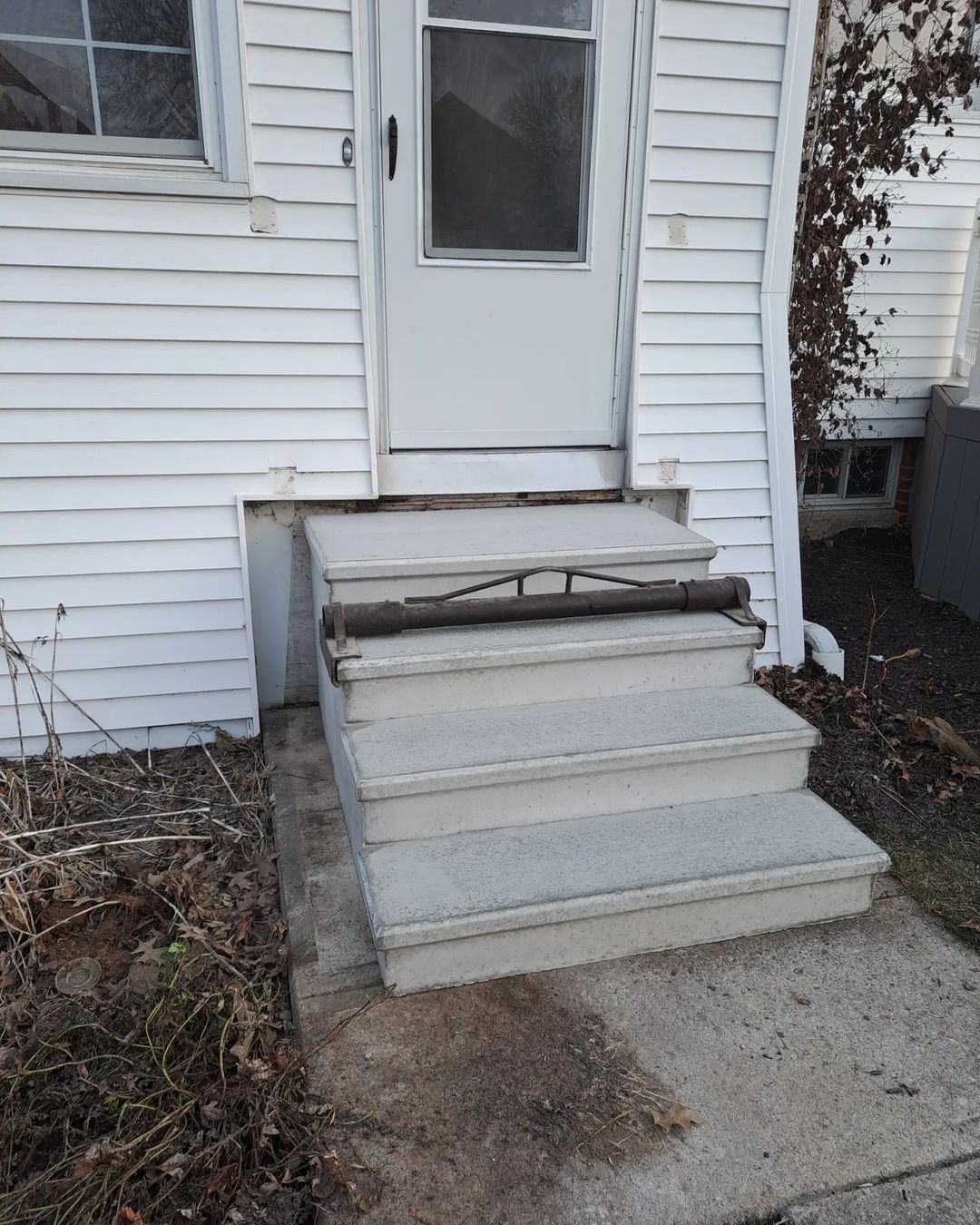
Precast concrete steps are a durable, cost-effective, and aesthetically pleasing option for homeowners looking to add or replace steps leading to their homes. Unlike traditional poured-in-place steps, precast steps are manufactured in a controlled factory environment, where concrete is poured into reusable molds. Once set, these steps are then transported and installed at the site, making for a quicker and more efficient installation process.
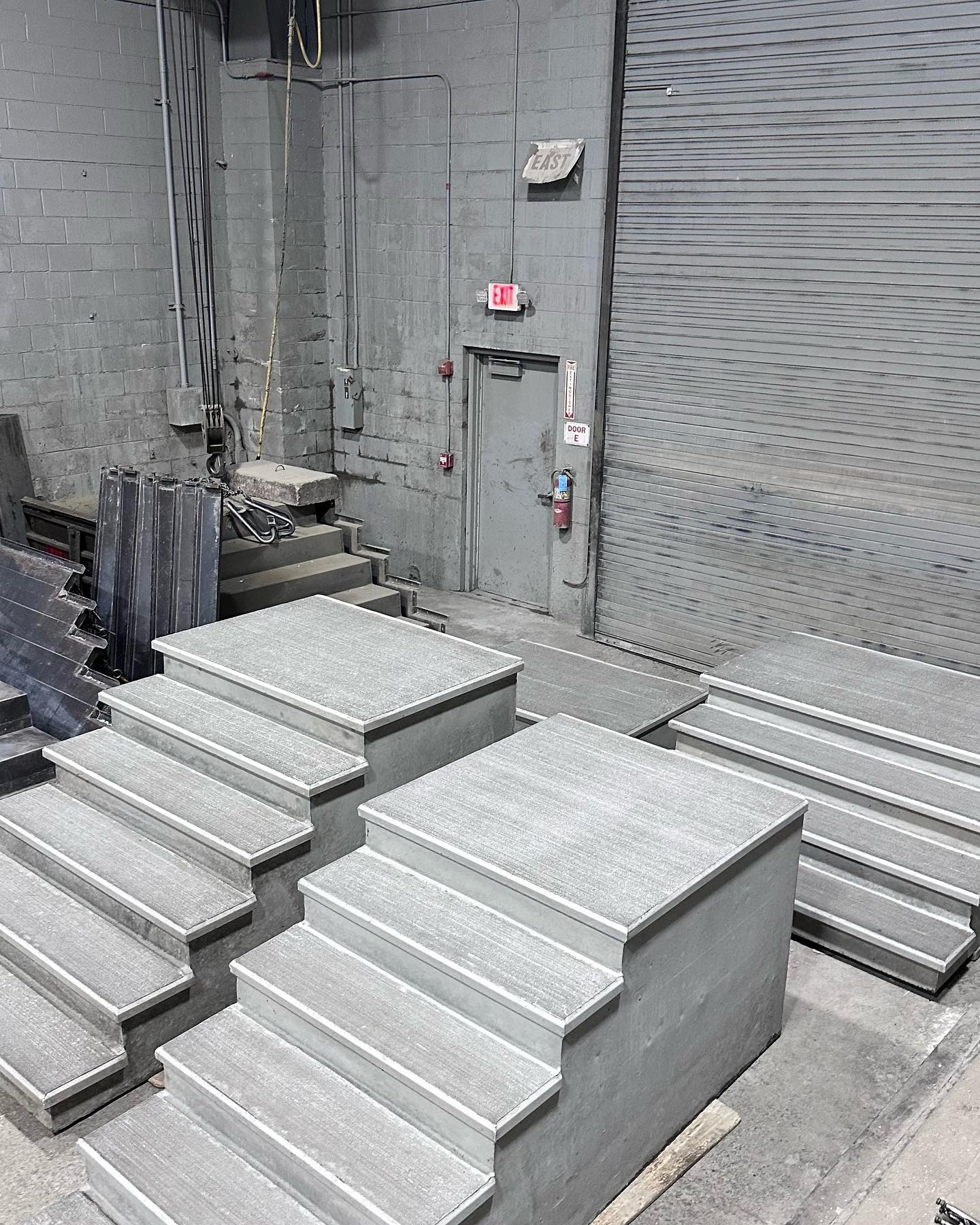
Common Issues, Implications, Detection and Solutions
While precast concrete steps are known for their durability and longevity, they are not immune to issues. Some of the most common problems include:
Cracking
Small hairline cracks can appear over time due to settling, impact, or extreme temperature changes. Larger cracks might indicate structural issues.
-
Causes: Cracking can result from thermal expansion and contraction, physical impact, settling of the ground beneath the steps, or even the natural curing process of concrete.
-
Detection: Regularly inspect your steps for any new or widening cracks. Hairline cracks are often superficial, but wider cracks (>1/4 inch) may need professional assessment.
-
Implications: Besides being unsightly, cracks can allow water to enter and freeze, potentially worsening the crack or causing spalling.
-
Remedies: Applying a concrete sealant can address minor cracks, while epoxy injections or concrete patching materials may be necessary for larger ones. In severe cases, replacing the affected step is the most effective solution.
Chipping or Spalling
The surface of the concrete steps may chip away or spall due to freeze-thaw cycles, deicing salts, or poor-quality concrete.
-
Causes: Exposure to freeze-thaw cycles, the use of deicing salts, and the presence of moisture can all contribute to the chipping or spalling of concrete surfaces.
-
Detection: Look for areas where the concrete has flaked off or appears pitted. Early identification is key to preventing further damage.
-
Implications: If neglected, what starts as a superficial issue can progress to deeper structural damage, undermining the durability of the steps.
-
Remedies: Small, localized areas of damage can often be repaired with a concrete patching compound. For extensive damage, however, replacement of the entire step may be warranted.
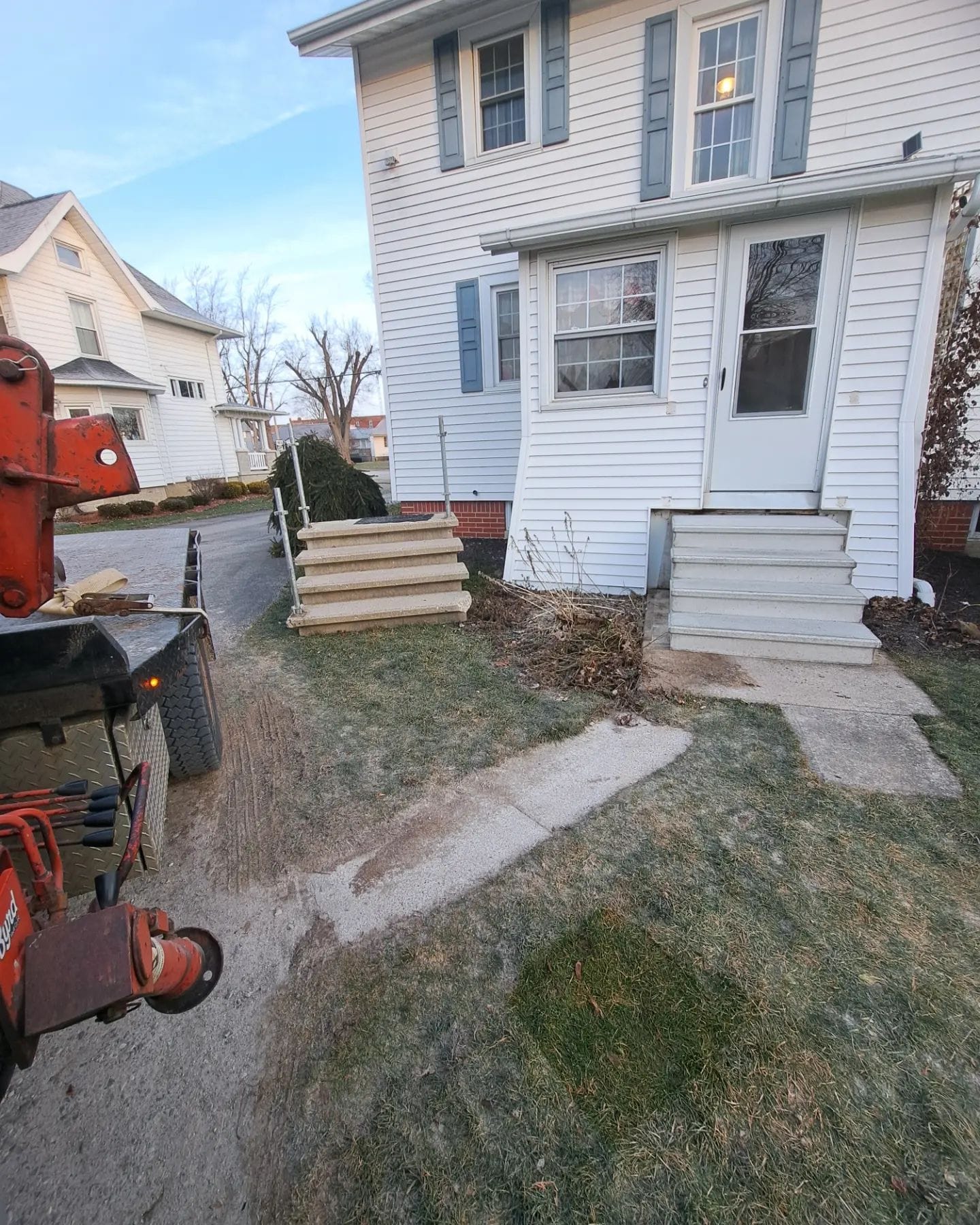
Discoloration
Over time, steps may become discolored due to exposure to the elements, staining, or the growth of moss or algae.
-
Causes: Discoloration can be caused by a variety of factors, including water infiltration, the growth of mold or algae, and exposure to chemicals or organic materials.
-
Detection: Changes in the color or appearance of the concrete surface are usually noticeable to the naked eye. Noticeable changes in color or persistent stains can often be addressed with cleaning, but may also indicate more significant issues like moisture penetration.
-
Implications: While often cosmetic, severe discoloration can sometimes signal more serious issues like moisture problems, which might require more than a superficial fix.
-
Remedies: Surface discoloration can often be addressed with cleaning or applying a concrete sealer. For persistent issues, professional cleaning or a new sealant application might be necessary.
Settling or Shifting
Improper installation or changes in the underlying soil can cause the steps to settle or shift, potentially creating a tripping hazard or uneven surface.
-
Causes: These issues can arise from improper installation, erosion, or changes in the underlying soil, such as compaction or moisture variation.
-
Detection: Visible signs include uneven steps, gaps between steps and the building, or movement when the steps are used. Pay attention to changes in the level or stability of your steps. If steps become uneven or start to wobble, it’s a sign of potential settling or shifting.
-
Implications: Settling or shifting not only poses a trip hazard but can also lead to cracking and other structural problems if left unaddressed.
-
Remedies: Minor adjustments might be managed with the application of mortar or shims. More significant issues may require the steps to be lifted and the underlying ground stabilized or the foundation repaired.
Loose Connection
A loose connection of precast concrete steps to their base or to each other is a significant issue that affects both the safety and durability of the staircase.
-
Causes: This can result from several factors, including improper installation, erosion of the soil underneath, settling of the foundation, deterioration of the material used for bonding (such as mortar or metal fasteners) or just natural wear and tear over time. Environmental factors such as repeated freeze-thaw cycles and excessive moisture can also contribute to the problem by degrading the materials that secure the steps to their base or to each other.
-
Detection:Visually, you may notice gaps between the steps and the landing or foundation, misalignment of the steps, or visible signs of movement. Audibly, a change in the sound produced when the steps are used, such as hollow or creaking sounds, can indicate looseness. Physically, applying gentle pressure or weight to the steps can reveal instability or movement indicating a loose connection.
-
Implications:Safety is the primary concern here as loose stairs pose a significant risk of trips and falls. Structurally, they can lead to further damage to the steps and surrounding areas, such as cracks in the concrete or additional loosening. Moreover, water infiltration through gaps can cause erosion or freeze-thaw damage, exacerbating the instability and potentially leading to more significant repair needs.
-
Remedies: Re-securing methods such as applying mortar, using concrete adhesive, or installing fasteners are effective. Additionally, addressing underlying issues like foundation problems through stabilization, soil grading, or underpinning is crucial. Regular maintenance and seeking professional assessment for complex issues can ensure durable and safe step connections.
Gap Between Home and Precast Concrete Stairs
A noticeable gap between precast concrete steps and the house not only compromises the aesthetics of a home’s exterior but also raises safety and structural concerns. Such gaps typically result from foundational shifts, soil erosion, or improper installation of the steps. Addressing this issue promptly can prevent tripping hazards and potential long-term damage to the home’s structure.
-
Causes: The gap may result from foundation settling or shifting, erosion of the supporting soil, or improper installation of the steps. It can also occur due to the natural expansion and contraction of materials due to temperature changes over time.
-
Detection:This gap is often easily visible as a physical space between the house and the step. It may widen over time, becoming more noticeable with visual inspection. In some cases, changes in level or alignment of the steps relative to the house can also indicate a gap issue.
-
Implications:Besides posing a tripping hazard, a significant gap may suggest underlying structural problems, such as foundation issues, that could lead to more severe damage if unaddressed. It also exposes the structure to elements like water and pests, potentially causing further harm.
-
Remedies:Filling minor gaps with outdoor-appropriate, flexible caulk can offer a temporary fix, while repositioning or replacing steps may be necessary for larger gaps. Addressing foundational and soil erosion issues will provide a long-term solution.
**Slippery Precast Concrete **Steps
A downside to this type of stairs is that they can become slippery, especially when wet, frosted, or covered in snow, posing a significant risk of slips and falls.
-
Causes: This slipperiness is primarily due to the smooth surface of the concrete, which, when combined with moisture or ice, reduces traction significantly. Environmental conditions like algae or moss growth on the stairs can further exacerbate the problem, making the surface even more treacherous.
-
Detection:You’ll know if you slip!
-
Implications:Slip and fall is the primary concern here.
-
Remedies: Addressing this issue involves applying textured finishes, anti-slip coatings, or installing adhesive grip tapes to enhance safety by increasing the friction on the stair surface. Regular maintenance, such as cleaning off moss, algae, or snow, and ensuring proper drainage to avoid water accumulation, is also an important step in minimizing the associated risks.
Textured Finish Options
Many precast concrete steps are manufactured with textured finishes that naturally provide more grip than smooth surfaces.
-
Textures can range from a simple broom finish, which creates fine lines and roughness, to more pronounced patterns designed to mimic natural stone or brick.
-
Aggregate********Finishes: Exposes the aggregate in the concrete (such as gravel or crushed stone) provides a rougher, more slip-resistant surface. This can be achieved through techniques like sandblasting or acid etching on the surface of the steps.
-
Non-Slip Coatings: There are specific non-slip coatings available that can be applied to precast concrete steps. These coatings contain particles that create a rougher surface, increasing traction even when the steps are wet or icy.
-
Integrated Traction Strips: Some precast concrete steps come with traction strips integrated directly into the step surface. These strips, often made of a different material with higher grip, are embedded during the manufacturing process and offer a permanent slip-resistant solution.
-
Add-On Products: In addition to manufacturing techniques, there are add-on products that can be applied to precast steps to prevent slipping. These include anti-slip tapes and stair treads made of rubber or metal with grip-enhancing designs.
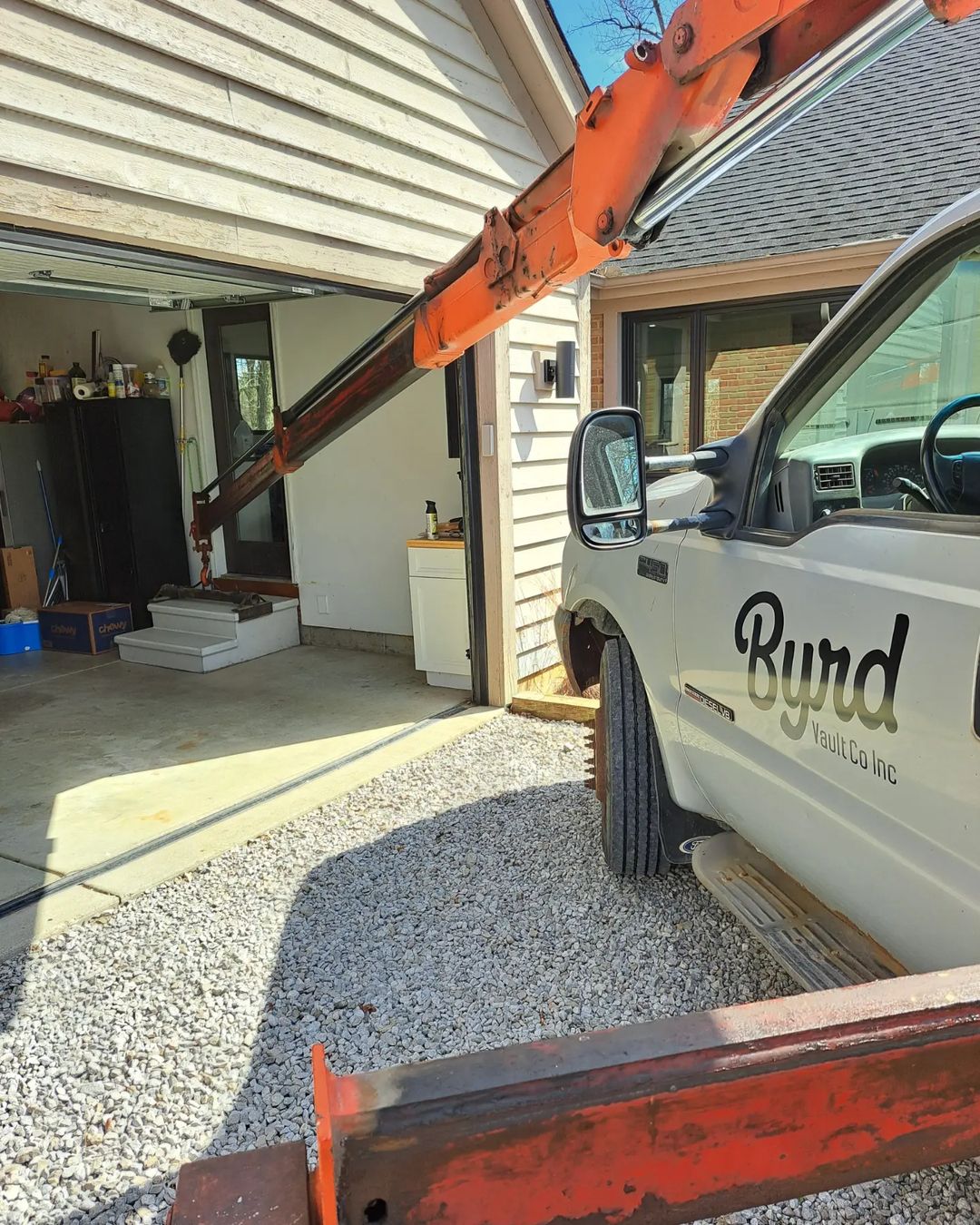
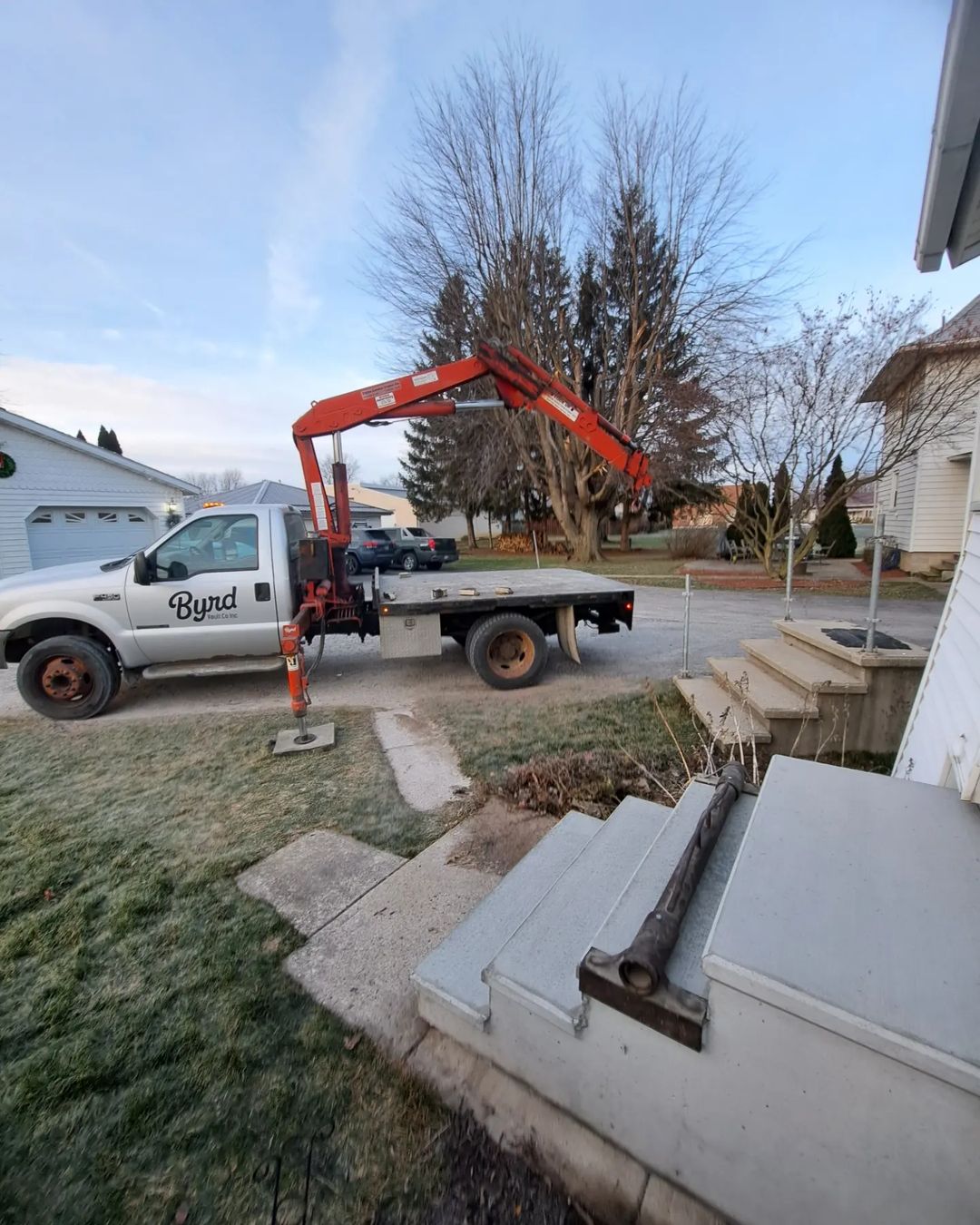
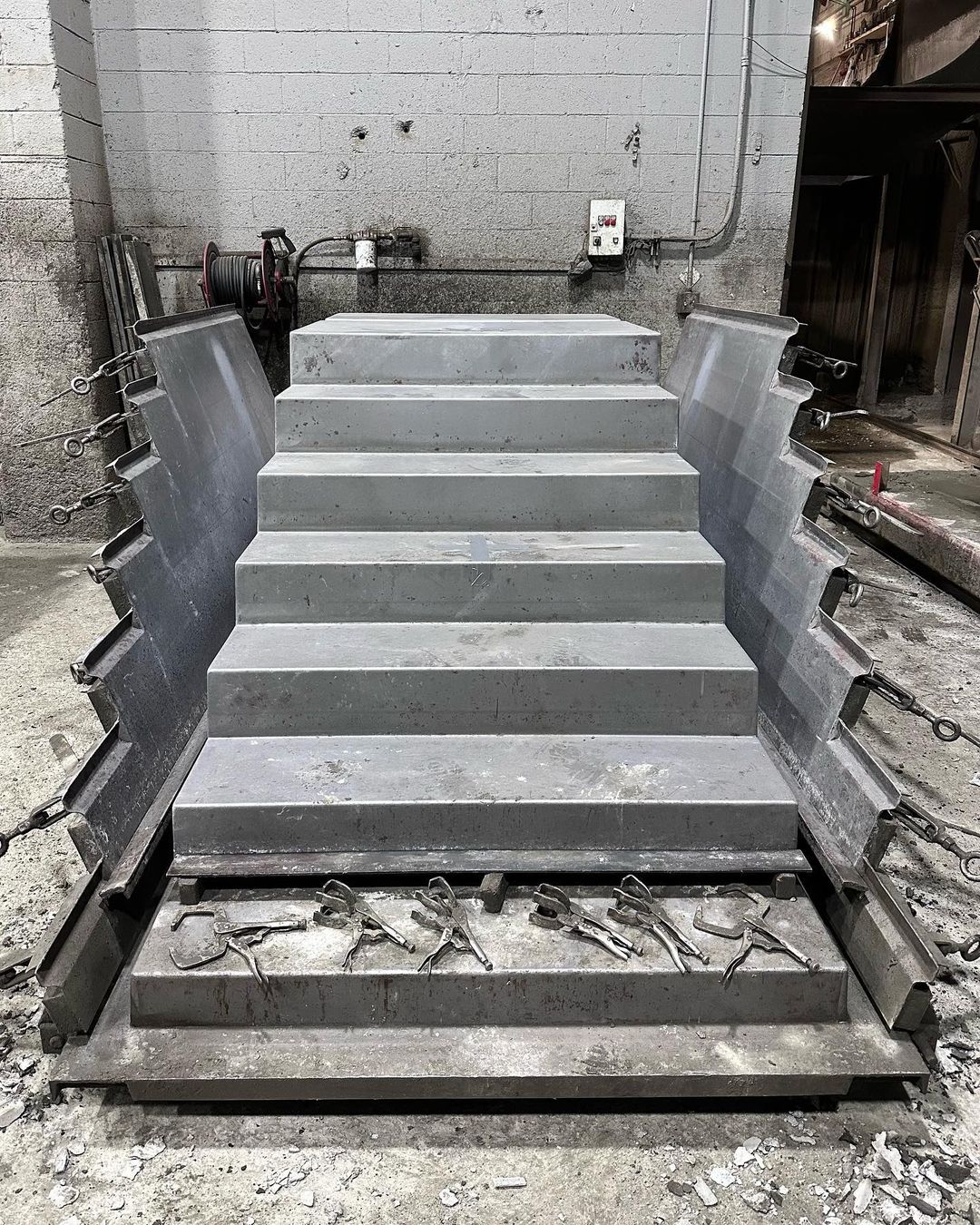
Proactive Measures and Professional Consultation
Maintaining precast concrete steps involves regular inspections and timely repairs. Homeowners should be vigilant in spotting early signs of the issues described and undertake necessary maintenance or repairs to prevent minor problems from escalating. For complex issues, such as significant settling or structural damage, consulting with a professional is advised. Experts in concrete repair or construction can provide advice, propose effective solutions, and carry out repairs or replacements as needed.
In conclusion, while precast concrete steps are a robust and convenient option for homeowners, their longevity and safety depend on proper installation, regular maintenance, and prompt attention to any arising issues. Through proactive care and, when necessary, professional intervention, you can ensure that their precast concrete steps remain safe, functional, and attractive for years to come.